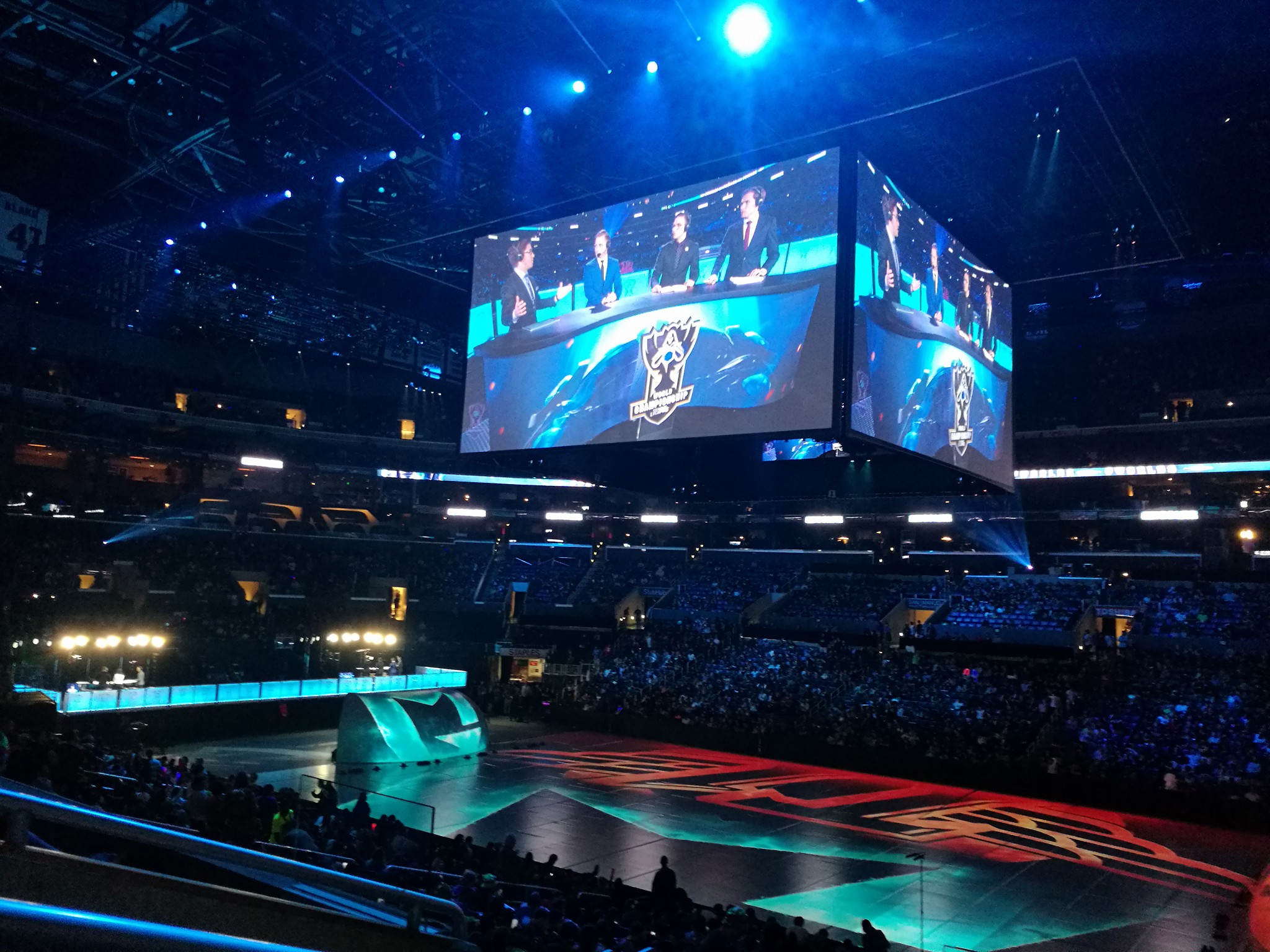eSports is a rapidly growing global industry that will continue to rise despite it’s humble, small beginnings. It’s continual growth and expansion makes it an exciting investment opportunity for brands and their marketing teams all over the world. But this same growth and expansion can cause a few issues that some marketers and brands won’t be able to get past without a little work.
These are the 4 problems facing eSports marketers today that we’ll walk you thought, as well as a great solution for helping solve the challenges.
Problem 1: “Nerd Phenomenon”
eSports is still considered a niche industry dealing with a very specific fan base. This can make it hard for marketers, with or without a previous understanding of the industry, to break in and establish themselves. This consumer base has very focused interests as well as preferences, which makes it challenging for marketers new to the game.
Recently, Buffalo Wild Wings paired with ELEAGUE, a video game tournament broadcasted on TBS. They invited fans to enjoy the tournament at any of their 1,175 locations. However, when ELEAGUE fans showed up, the chain’s employees were unfamiliar with the tournament and would only show the tournament on a handful of televisions (out of many!) even after many complaints.
The fans complained that the employees referred to their fandom as a bunch of “nerds.” This clearly is an example of a brand entering the marketing arena of eSports with little to no knowledge of the industry and failing to increase their own brand loyalty and profits.
Problem 2: Underage Spending
The eSports industry is already an over $1 Billion dollar market. It’s no wonder why brands are concerned about how much of that money is being spent by underage participants. This is a growing issue with younger players abusing their parents’ credit cards and spending thousands of dollars on tournaments, whether it’s on merchandise, gambling, games, and more. This can be an issue for marketers as well, by being associated with tournaments that have a lack of security and monitoring capability. It can also be tied with an issue of the brand selling their products and their overall business moral.
If a consumer, especially if that consumer is underage, is using someone else’s money to buy products due to the marketing campaign associated with an eSports tournament it can provide that brand with an ethical issue as well as a business issue. They might have to return the sold products, resulting in a loss of profit and the loss of the potential return of that consumer.
Problem 3: Lack of Standardization
eSports is still a relatively new industry which means that it’s going to have its own growing pains. For instance, a lot of participants and players complain that some of the tournaments lack authenticity, and thus it can be challenging to find which tournaments are real and which one are full of scams. This places issues for the marketers as well, especially ones with a role in active sports marketing but who have no experience in the eSports market.
The lack of standardization in this industry also means that there are constant issues that arise with players, teams, tournaments and their advertising, sponsorships or contracts. For instance, salaries for players remain remarkably low for novice and immediate levels despite their necessary involvement within the tournaments. There are also continuous issues with poorly crafted contracts between brands and teams or players that usually result in a nasty lawsuit or poor player performance, which naturally negatively affects brands and their marketing teams. These growing pains currently plague the entire eSports industry but will likely (hopefully) be ironed out as this industry continues to expand.

Problem 4: Less Immediate Success
This global phenomenon of eSports is unlike other market segments that brands are trying to break into. Therefore, it may not be apparent that success as a marketer will come quickly. While this still-niche industry is full of passionate people who love challenge and gaming, it’s unclear how much sway brands have with their marketing efforts. However – if brands do it right – this is a consumer base created to escalate brand loyalty. The trick is finding relevant messages and products and offerings that meet the consumer habits and enhance the eSports ecosystem.
The Solution
We’ve talked about some problems marketers face. So, how do marketers enter this industry and find success?
The answer lies in understanding the market itself and finding ways to create high quality, content-based marketing campaigns. It’s critical that marketers partner with folks in the industry or with experience marketing to and for eSports players, teams, venues, and associated brands. They’ll need to take their time and get to know the industry, and they’ll need to add value and become an irreplaceable part of this niche to grow within this audience.
After reconstructing themselves to become a cool, new brand within this industry they have to create content that allows the consumer to engage with their brand in the same fun way the consumers use to play the games they love so much. Interactive content, video, virtual reality, high-quality images, gamified content, and consumer-focused marketing strategies are going to be what separates a marketing win vs a loss in the eSports industry.

Want to learn more about how Votion can help you with your eSports marketing? Check out a case study on how Activation leveraged Votion’s eSports platform for a live tournament.